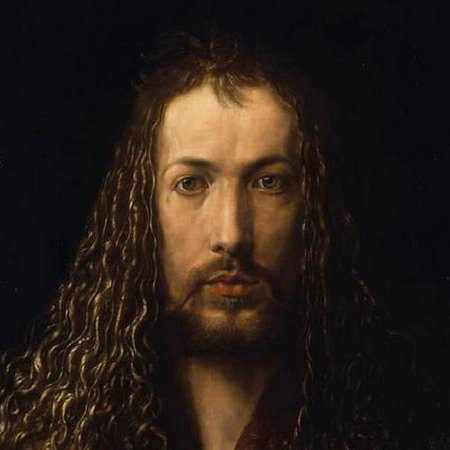
Germany Artist. German art has had a diverse range of influences.
In the 10th to the 12th centuries, German Romanesque art emphasized religious themes, often in murals on church walls. In the 13th through the 15th centuries, the Gothic style with vibrant colors was dominant in church architecture and stained glass windows.
In the 15th and 16th centuries, the German Renaissance explored religious themes with emotional intensity. In the 16th century, the Mannerist style explored elongated figures and dramatic lighting effects.
By the 17th century, German Baroque paintings aimed to evoke religious awe. In the 18th century, the more playful Rococo style incorporated lighter themes, delicate details, and an emphasis on nature and leisure.
A reaction to the emphasis on reason occured in the 19th century. Romanticism celebrated emotions, imagination, and the natural world. Realism emerged, focusing on depicting everyday life. The 20th century saw a vast array of styles in German art. Expressionism, with its distorted forms and intense emotions, flourished through artists Ernst Ludwig Kirchner. The Bauhaus movement, with its focus on functionality and clean lines, had a major impact on design and architecture. Dada and Surrealism also found expression in Germany. After World War II, German art explored themes of memory, identity, and the political division of the country. Neo-Expressionism, with its r
In the 10th to the 12th centuries, German Romanesque art emphasized religious themes, often in murals on church walls. In the 13th through the 15th centuries, the Gothic style with vibrant colors was dominant in church architecture and stained glass windows.
In the 15th and 16th centuries, the German Renaissance explored religious themes with emotional intensity. In the 16th century, the Mannerist style explored elongated figures and dramatic lighting effects.
By the 17th century, German Baroque paintings aimed to evoke religious awe. In the 18th century, the more playful Rococo style incorporated lighter themes, delicate details, and an emphasis on nature and leisure.
A reaction to the emphasis on reason occured in the 19th century. Romanticism celebrated emotions, imagination, and the natural world. Realism emerged, focusing on depicting everyday life. The 20th century saw a vast array of styles in German art. Expressionism, with its distorted forms and intense emotions, flourished through artists Ernst Ludwig Kirchner. The Bauhaus movement, with its focus on functionality and clean lines, had a major impact on design and architecture. Dada and Surrealism also found expression in Germany. After World War II, German art explored themes of memory, identity, and the political division of the country. Neo-Expressionism, with its r
Wikipedia ...